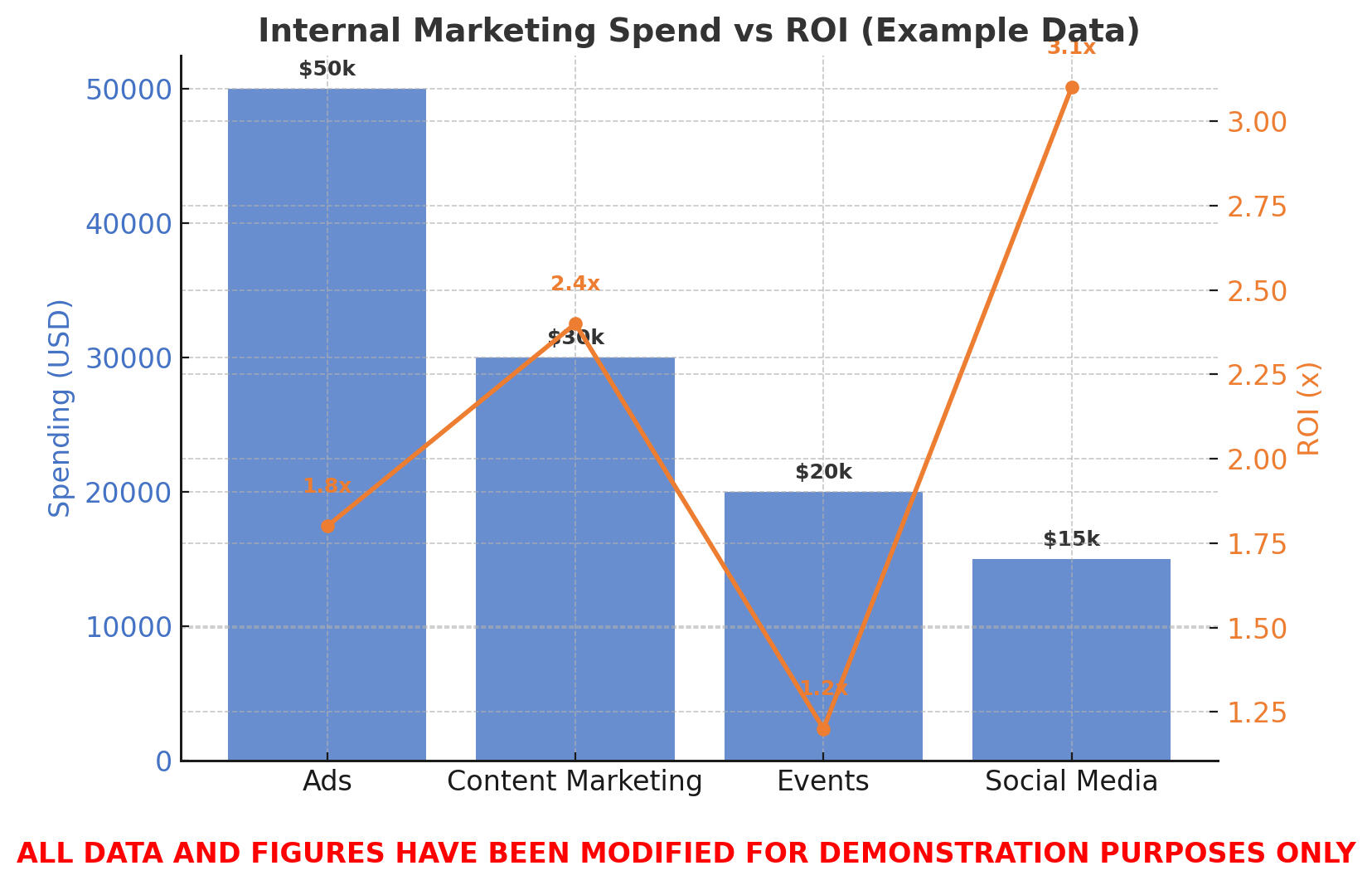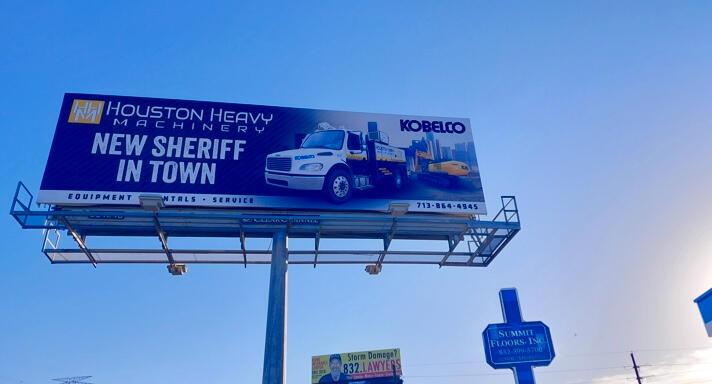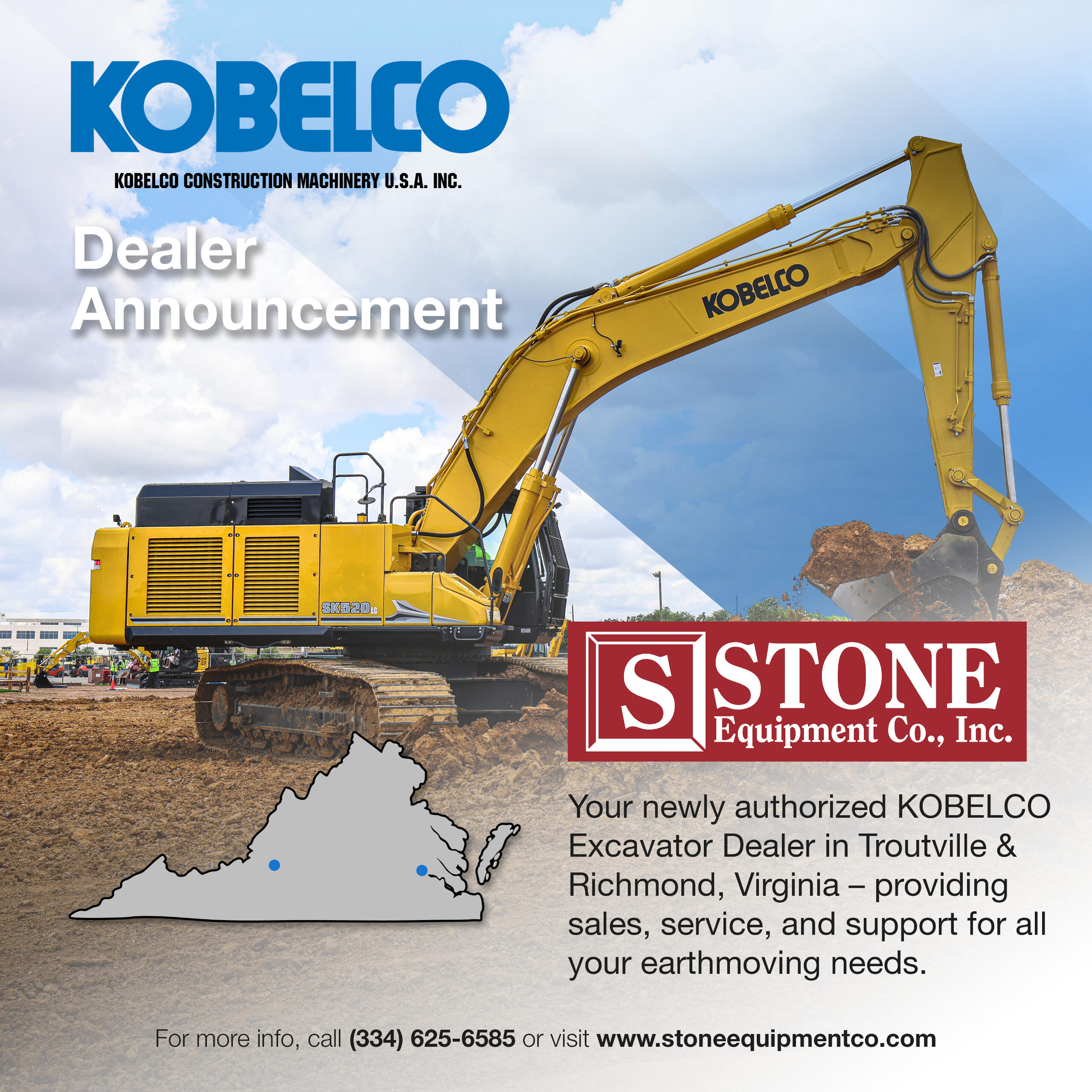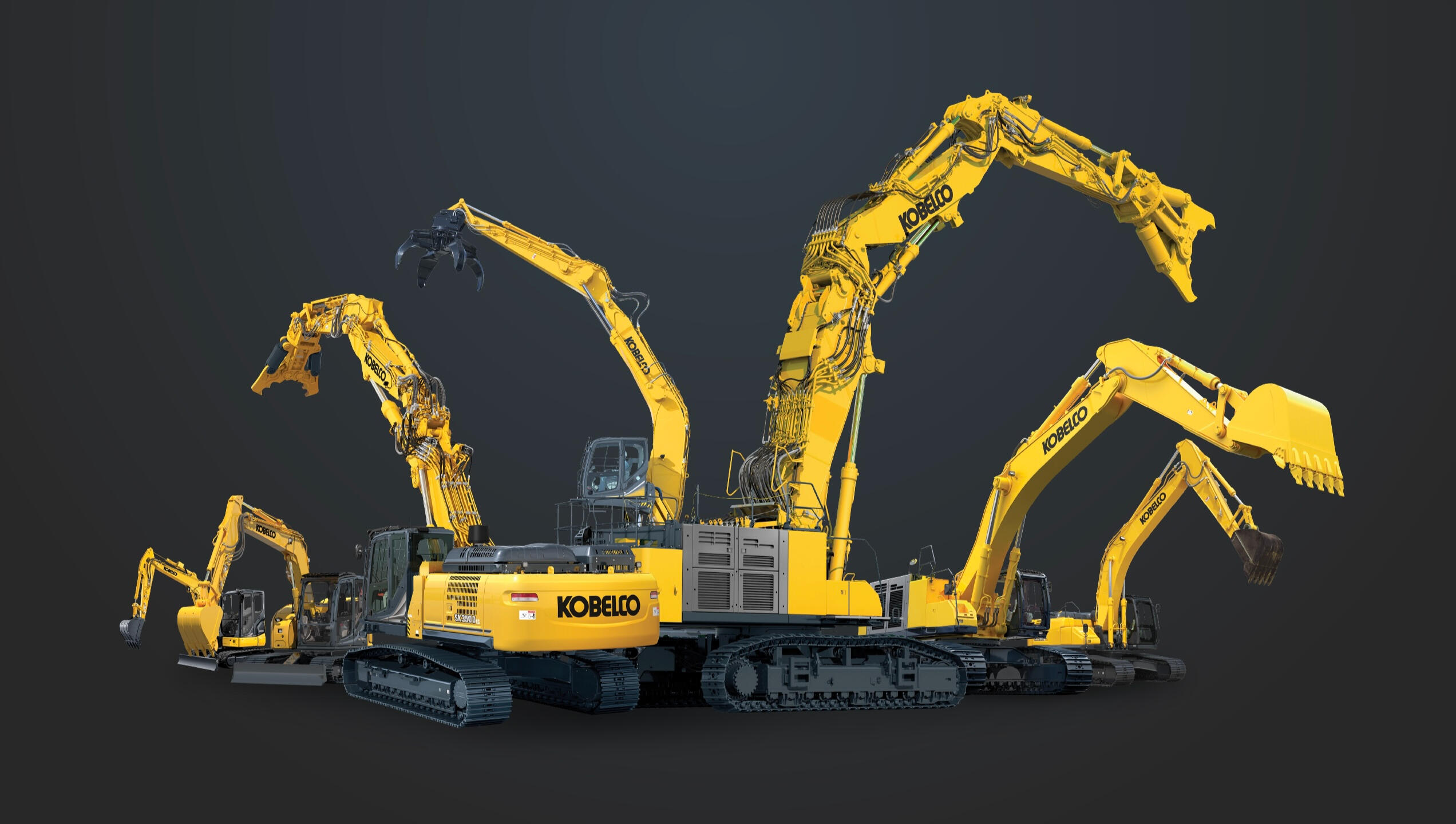JUSTIN RAYMOND
Marketing Analyst | Visual Storyteller | Cross-Functional Marketer
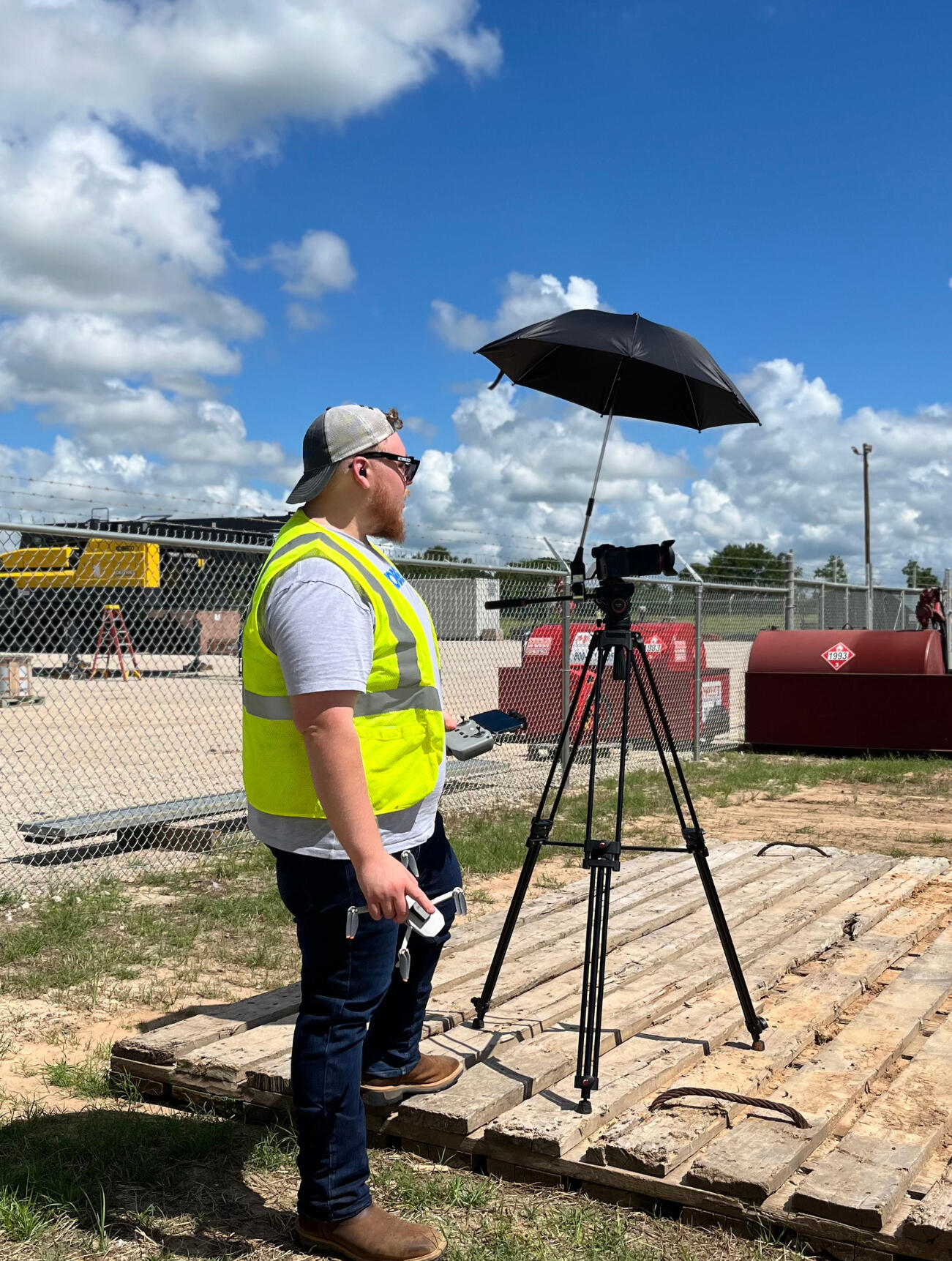
ABOUT ME
Behind the work
I’m Justin, a creative marketer with a growing focus on data and strategy.Over the last few years, I’ve worked across content, design, and video production. I’ve supported product launches, sales enablement, and social campaigns. I’ve built training tools, managed brand visuals, led video shoots, and contributed to national trade show efforts.Along the way, I’ve used marketing analytics to support go-to-market planning and improve operations. Digging into performance data has helped teams understand what’s working and where to focus next. That real-world experience is what led me to pursue my MBA in Data Analytics and build a stronger strategic foundation.Outside of formal projects, I’ve also been exploring tools like Python, SQL, and Tableau – looking for ways to sharpen my skills and bridge the gap between storytelling and analysis.I work best in cross-functional teams where collaboration actually means something. Where marketing supports real people, not just metrics.Outside of work, I’m a husband, a dad, a gamer, a cinema lover, a music junkie, and a lifelong learner. I believe the best ideas come from asking the right questions and having the curiosity to follow them.
Projects
Stakeholder-driven Storytelling
Some of the most compelling content doesn’t come from a spec sheet or press release. It comes from real people doing real work. I’ve led customer spotlight projects that go deeper than surface-level testimonials. These stories are built with purpose. They show how our machines fit into the day-to-day of those who actually rely on them, from demolition crews to recyclers and everyone in between.This means working directly with stakeholders like owners, operators, and partners to get their perspective. I handle everything from interviews and filming to editing and rollout. The end result is content that doesn’t just promote a brand. It connects. It builds trust. It gives our audience something real to relate to.The idea is simple. Showcase a customer’s work and make it relevant to others doing the same kind of job.
Additional Testimonials Here:
PERFORMANCE INSIGHTS
Over the course of 90 days, I broke down our social content into key themes like product spotlights, operator stories, event coverage, educational posts, and humor or culture-driven pieces to get a clearer picture of what was actually working. I compared engagement rates against competitors using public data and looked at patterns like post frequency and shareability. From there, I split performance by platform (LinkedIn and Facebook) and built a content matrix to map out what gave us the most return for the least effort. I shared the findings with our sales and marketing teams to help guide the Q3 GTM calendar and shape more effective sales enablement content.
WHAT I FOUND
One pattern became immediately clear: the more authentic the content, the better it performed. Photos and videos showing actual machines at work, whether on customer sites or out at the Ranch, beat out anything overly designed or product-focused. Authentic working shots pulled an average engagement rate of 5.8%, while polished product graphics struggled to hit 2.4%. Operator stories made up close to 30% of all shares and were the most saved posts on Facebook. Educational content did well on LinkedIn, averaging 4.6% engagement and getting plenty of use in sales convos. Meanwhile, the clean-looking product visuals just didn’t hold attention. Bottom line, real content worked. It pushed us to shift toward more raw, in-the-field posts and dial back the overly branded stuff that wasn’t landing.

LEARNING ENABLEMENT
The first iterations of our sales modules gave a look at our machines, model by model. I saw a chance to make them more useful. I gathered specs and feature details across the lineup and rebuilt the training around how each machine is actually used in the field. The goal was to help sales reps quickly understand which machine fits which kind of job without having to just memorize a spec sheet. I designed each module with a clean structure and added interactive elements like quizzes and layered visuals to keep things engaging without overcomplicating the message. To track how the updates were landing, I visualized completion and rewatch metrics in Power BI, making it easier to share impact with internal teams. Since the update, reps typically finish each module in under 20 minutes, and more than 40% come back to rewatch at least one section within two months. Feedback from internal teams and dealer reps has been strong, with several saying it helped them better connect machine features to real customer needs.
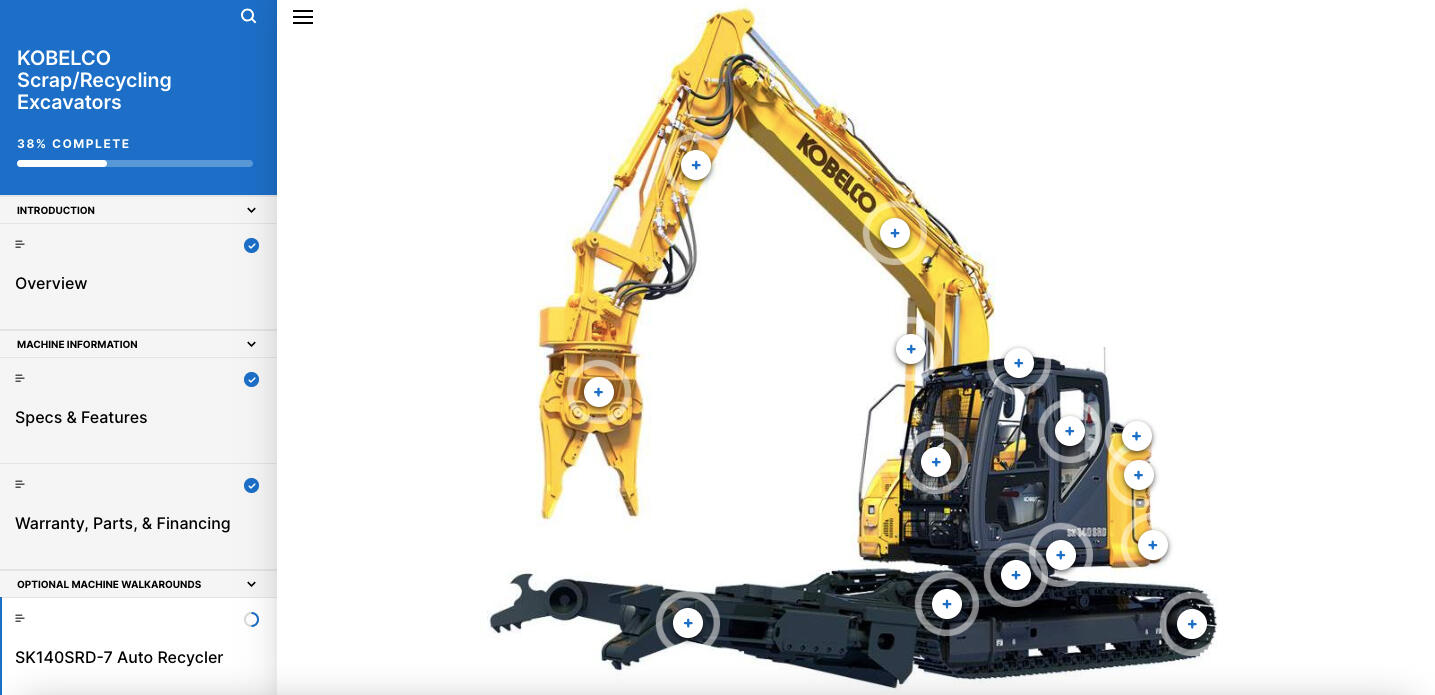
e-Learning Examples:
DESIGN WITH INTENTION
I’ve worked on everything from brochures and trade show displays to catalogs, merch – even a billboard in Houston. Each project had a specific goal in mind, whether it was supporting a launch or helping dealers tell a clearer story. At trade shows, we tracked QR code scans on pull-up banners and saw a 27% boost in spec sheet downloads compared to shows without them. That kind of feedback helped me shape layouts, simplify messaging, and focus on what actually gets used. The goal is never just to make things look good, but to make things that work.
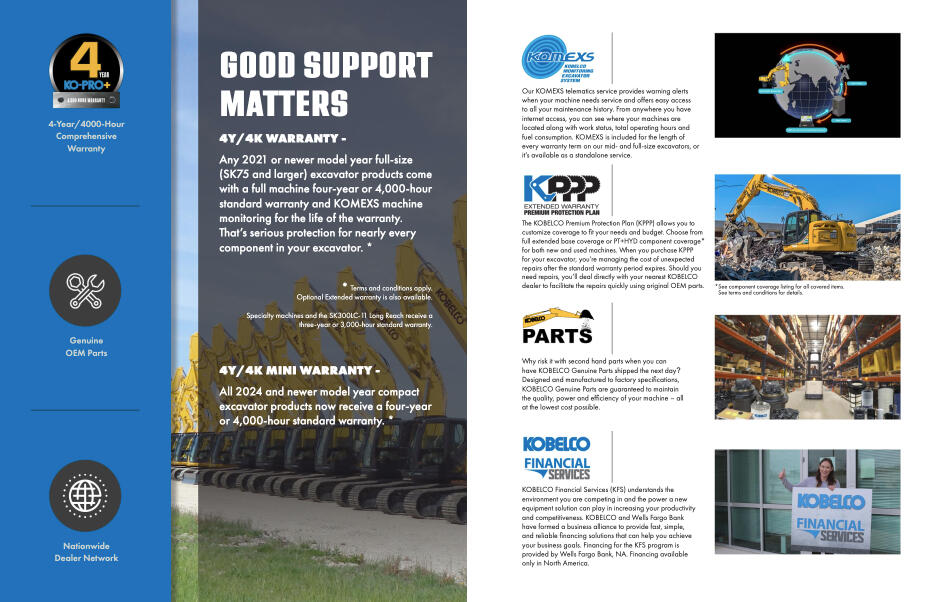
Link to catalog example:
CROSS-TEAM COLLABORATION
A big part of what I do is making sure the right people get the right content at the right time. I’ve worked with just about every department, including marketing, sales, product, HR, service, parts and warehouse, and directly with dealerships. Whether it’s prepping for a feature rollout, supporting a trade show, or building digital startup kits for new dealers, I focus on keeping everything aligned and useful. I’ve built rollout timelines, synced messaging across teams, and kept a 100% on-time delivery rate on all content packages over the past year. One startup kit helped a new dealer cut their onboarding time by 22%, based on a follow-up survey I sent out two weeks after launch. I’ve tracked usage through QR scans, download counts, and direct feedback from sales reps and dealer contacts. After launch, I look at what actually got used and what didn’t, then apply those insights to the next project. It’s not about flooding teams with content. It’s about building stuff that helps people do their job better.
EVERYDAY OPS
I’ve found myself filling the gaps between creative and execution more often than not. I’ve organized our content libraries, helped build out naming systems, and created intake forms to make it easier for teams to get what they need without the back-and-forth. I’ve mapped out timelines for projects, standardized how requests come in, and set up processes that keep things moving. Since making those changes, we’ve cut content delivery time by 30% and cut down on approval rounds by half.
NOTABLE CONTENT
Just a collection of various projects I've worked on over the years.
